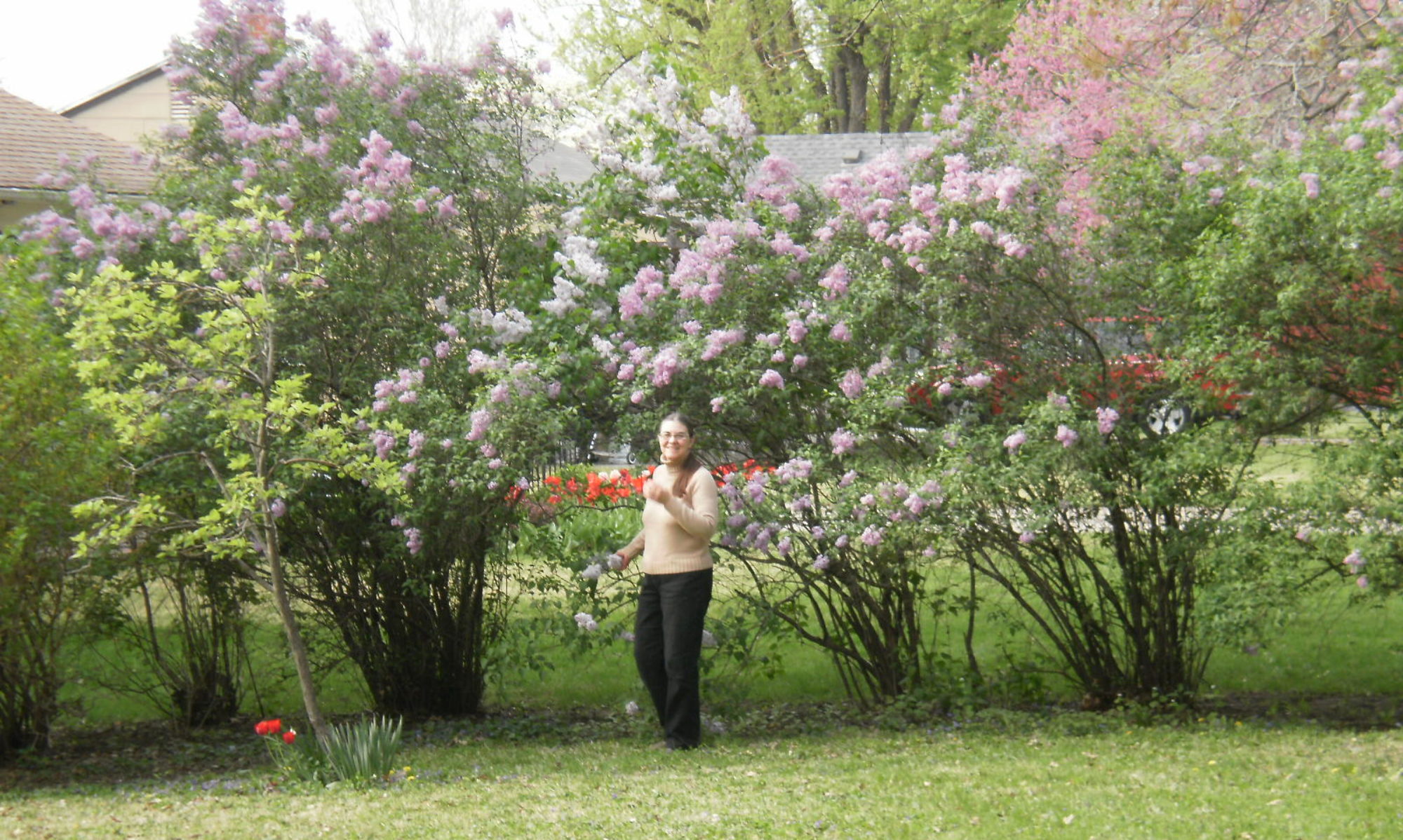(This post contains spoilers).
Last weekend, my husband and I attended the Kansas City Symphony. Jonathan was especially taken by Grieg’s Piano Concerto in A minor and pianist George Li’s wonderful performance. I myself am always a sucker for Beethoven’s Symphony no. 7 in A major, especially since its stately second movement was used in the Nicholas Cage movie, Knowing, as the world ends in a solar flare. But the real surprise in this concert was a newer composition: Michael Kurth’s A Thousand Words.
Mr. Kurth was there in person to talk about the four movements of his work, each a musical picture worth many words that described the emotional experiences that inspired them. The first was a sunrise, the crescendo lasting as long as it takes the sun to rise above the horizon. The second was an amazing piece invoking with industrial zeal both the cliffs at Reynisfjara and the Sloss Furnaces of Alabama. The third movement paid tribute to his late mother, and the fourth was a carnival-like dance party.
Having tried my hand a couple of times at composing, I always wonder, where does all this really great music come from? The Muses, of course, the Gods, Heaven, Nature, but apparently it also comes from art. Later this year, the symphony will be performing Pictures at an Exhibition, Mussorgsky’s tribute to the art of Viktor Hartmann.
Last week I also was listening to a collection of Stephen King’s short stories as I drove from place to place on errands. The Bazaar of Bad Dreams includes an author’s introduction explaining his inspirations as well as comments afterward about the writers who might have been on his mind at the time he wrote the stories–his mentors, to some extent. None was more obvious than the story written in an approximation of the voice of Elmore Leonard.
For all that Nature is a powerful inspiration, I think the art of others may be a more powerful stimulant. Fan fiction arises from this but need not stop there. I have been told that the wonderful Lois McMaster Bujold began what was to become the Vorkosigan saga as fan fiction, but it became something whole, huge, and amazing all by itself. Just as there is nothing new in this world (a debatable point, but one often stated), there are no two things exactly alike. Infinite ways of telling stories, interpreting feelings, creating art rise and fall. How many interpretations of Shakespeare’s works have there been? And Shakespeare was inspired by older stories he borrowed freely but made his own.
I think we need never fear being derivative if we put our own soul into our works to create our own art. Art begets art no less than living creatures beget their own replacements. My works may never achieve the heights of those of King, Bujold, Mussorgsky, or Shakespeare, but wallowing in great art is its own reward, even without the bonus of inspiration.
Image: White Iris by Vincent Van Gogh. Print, from the collection of Marilyn Evans.

